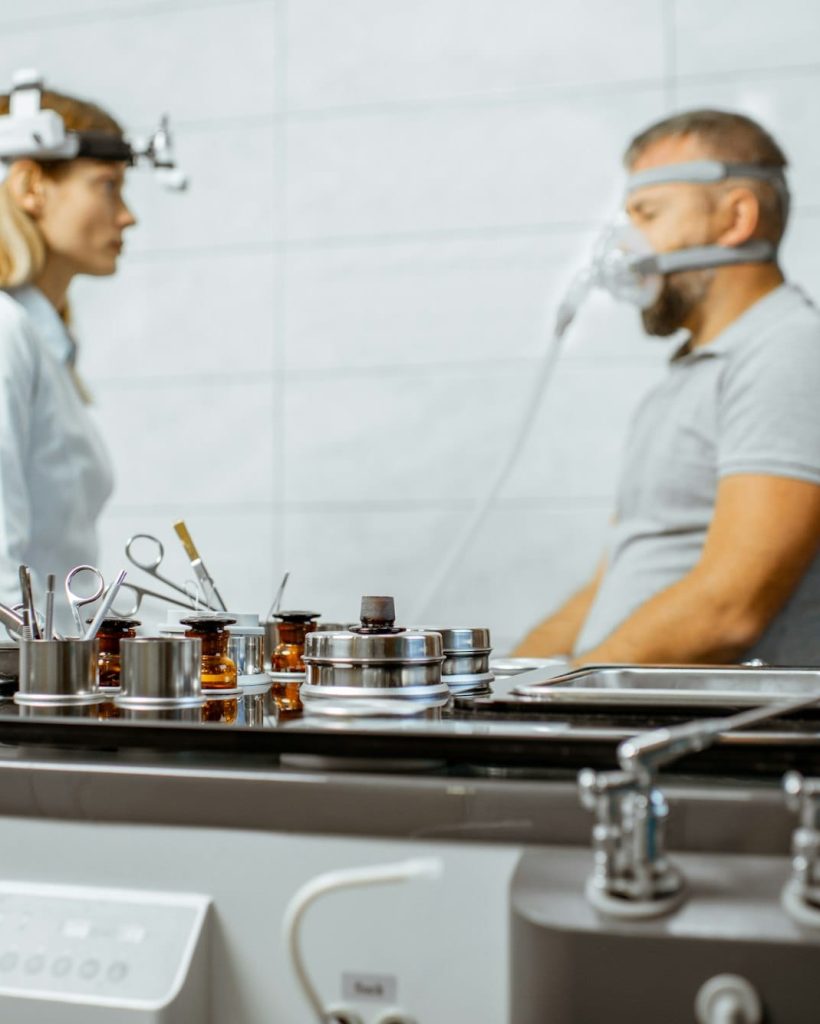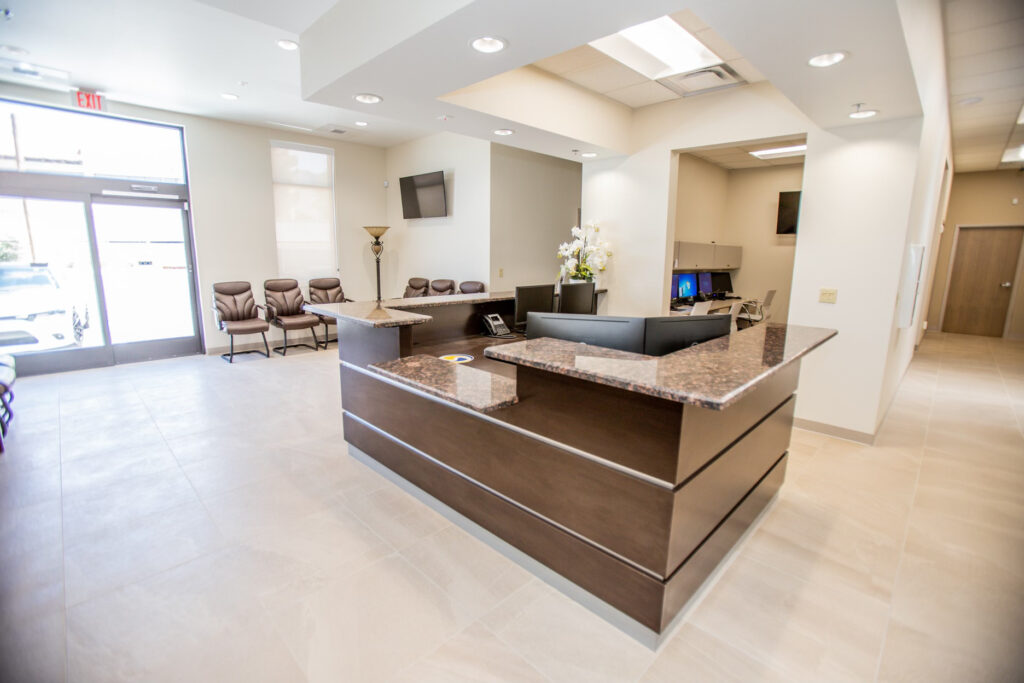

Obstructive sleep apnea (OSA) is a common sleep disorder. It is caused by the collapse of the airway in the back of the nose, mouth and throat during sleep. Positive airway pressure (PAP) devices can reverse or minimize symptoms of sleep apnea by using air pressure to open the upper airway during sleep. PAP therapy can help you get a full night’s sleep.
KEY POINTS:
Obstructive sleep apnea is a chronic disease that can cause poor quality sleep and affect your mood. It also increases the risk of obesity, high blood pressure, heart disease, stroke, type 2 diabetes, erectile dysfunction and depression.
Many people suffering from sleep apnea have low daytime energy.
PAP therapy is the most common and most successful treatment for sleep apnea.
A variety of PAP mask types and sizes are available.
PAP therapy can help you live a longer, healthier life, with substantially better sleep.
Learn how to use your PAP machine correctly and follow up with your doctor to make sure it is working.
Am I At Risk: Excess body weight is the leading risk factor for obstructive sleep apnea, but thin people can have sleep apnea too. The risk also increases if you have a large neck, tongue, tonsils or jaw. Sleep apnea is more common in men than in women, but the risk for women increases during and after menopause. The risk of sleep apnea increases as you age.
Obstructive sleep apnea:
Obstructive sleep apnea (OSA) causes the airway to collapse during sleep, preventing air from reaching the lungs and leading to brief awakenings, poor sleep quality, and sleep fragmentation. This cycle can repeat hundreds of times a night, often unnoticed. Symptoms include loud snoring and frequent breathing pauses. Untreated OSA can cause daytime sleepiness and mood changes. Using a PAP device helps keep the airway open with air pressure, promoting deeper, more restful sleep.
Am I At Risk?
Excess body weight is the leading risk factor for OSA, but it can affect thin individuals too. Risks increase with a large neck, tongue, tonsils, or jaw, and it is more common in men. Women’s risk increases during and after menopause, and the risk grows with age.
PAP Therapy:
Modern PAP machines consist of:
Types of PAP Therapy:
PAP therapy is the most effective treatment for OSA, including CPAP (continuous), APAP (automatically adjusting), and BPAP (bilevel). Your doctor will recommend the best option for you.
Common Questions:
Next Steps:
PAP herapy can improve your sleep and overall health. Follow your sleep physician’s instructions to obtain and use your device every night for optimal results.


Facility Member
Since 1977, the American Academy of Sleep Medicine (AASM) Standards for Accreditation have been the gold standard by which the medical community and the public evaluate sleep medicine facilities. Achieving AASM accreditation demonstrates a sleep medicine provider’s commitment to high quality, patient-centered care through adherence to these standards.
El Paso Sleep Center by Bedrock Digital 2025